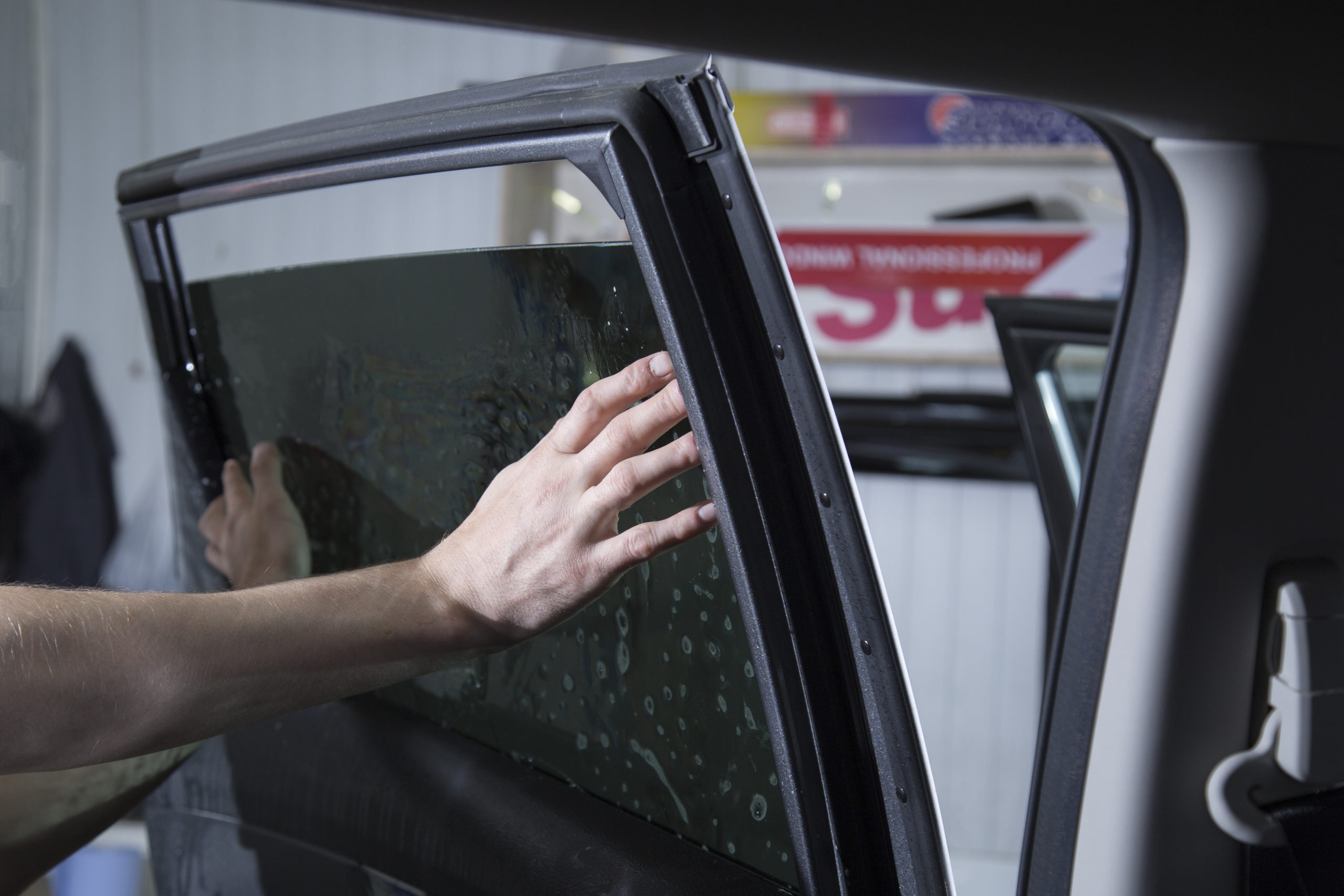Just How Auto Window Tinting Maintains Your Vehicle Cool in Heat
Wiki Article
Window Tinting Regulations and Guidelines: What You Need to Know Prior To Tinting Your Auto
Before continuing with home window tinting for your car, it is essential to acquaint yourself with the diverse legislations and standards that regulate this practice across various states. These regulations dictate the permitted levels of tint darkness, usually measured by noticeable light transmission (VLT) percents, and include particular specifications for front windshields aimed at making certain roadway safety.Summary of Home Window Tinting Rules
Window tinting laws are regularly based on variation across various territories, mirroring local guidelines and safety considerations. These legislations determine the permissible levels of color darkness and reflectiveness on vehicle windows, making certain that motorists maintain appropriate visibility while likewise shielding versus damaging UV rays and heat.A lot of guidelines identify home window tinting based upon the Visible Light Transmission (VLT) percent, which indicates the amount of light that can go through the window. Typically, reduced VLT portions symbolize darker tints. Legislations commonly separate in between the front, side, and rear windows, with stricter constraints used to the front windscreen to boost safety and security for both the chauffeur and various other roadway customers.
Conformity with window tinting regulations is vital, as infractions can result in penalties, necessary removal of the tint, and possible boosts in insurance coverage costs. It is crucial for vehicle owners to familiarize themselves with regional regulations prior to proceeding with home window tinting installations.
State-by-State Color Regulations
Comprehending the specific window tinting laws in each state is important for lorry owners looking for to comply with the legislation. Each state in the united state has developed its own collection of guidelines controling window tinting, which can vary considerably. These policies usually dictate the permitted degrees of color darkness, the kinds of home windows that can be tinted, and any kind of medical exemptions that may apply.For circumstances, states like California have strict limitations on color darkness for front windows, while others, such as New Mexico, may permit darker tints. Furthermore, specific states mandate details presence percentages for different windows, consisting of the windscreen, front side home windows, and rear home windows. It is essential for automobile owners to acquaint themselves with their state's laws to avoid prospective fines or charges.
Additionally, some states might call for a qualification sticker label to be positioned on tinted home windows, indicating compliance with state laws. Failing to comply with these regulations not only risks legal repercussions however can additionally influence safety and exposure while driving. Car owners ought to conduct thorough research or get in touch with neighborhood authorities to make certain complete understanding and compliance with state-by-state tint laws.
Allowed Color Levels and Types
Numerous vehicle proprietors might be amazed to learn that permitted color degrees and kinds vary widely throughout various states. Each state has actually established its very own guidelines relating to the acceptable darkness and reflectivity of window color, typically measured by Visible Light Transmission (VLT) percents. VLT describes the amount of light that can travel through the colored windows; hence, a reduced percentage indicates a darker color.
Additionally, the kinds of color products allowed can differ, with some states forbiding metallic or mirror-like surfaces. It is vital for car proprietors to familiarize themselves with their state's certain legislations to make certain compliance. Non-compliance can cause fines, obligatory elimination of the tint, or other lawful effects, making it imperative to recognize these policies prior to proceeding with installment.
Medical Exemptions for Tinting
While not all states provide allocations for medical exceptions regarding home window tinting, those that do identify the requirement for specific people to improve exposure and comfort as a result of clinical conditions. Different medical problems, such as lupus, skin cancer, and certain eye problems, can render people particularly conscious sunshine. These people might require darker tints to shield themselves from damaging UV rays and glow.
It is vital to note that also with a clinical exemption, there might still be constraints on the level of tint enabled. Conformity with state laws makes sure that people are both protected and within lawful limits. Those taking into consideration clinical exceptions should contact their neighborhood Department of Motor Cars or equal authority to understand the procedures and demands needed to get an exemption efficiently.
Fines for Non-Compliance
Failing to follow window tinting legislations can bring about significant penalties, which vary by state. Legislation enforcement firms are encouraged to issue citations for vehicles that do not comply with the specified tinting guidelines. These charges generally consist of fines, which can range this contact form from small amounts to a number of hundred bucks, depending on the extent of the violation and the state in concern.In some territories, duplicated offenses might cause rising fines or additional penalties, such as obligatory court appearances. Moreover, non-compliance might require the elimination of prohibited tinting, often at the owner's cost. In severe situations, habitual transgressors might deal with suspension of their car registration until compliance is attained.
In addition, insurance policy ramifications may occur from receiving multiple citations for home window color infractions. Insurance providers may view such violations as an indication of riskier habits, potentially causing boosted premiums or trouble in coverage.
To prevent these fines, it is crucial for car owners to familiarize themselves with their local home window tinting legislations and ensure that their automobile complies (Window Tinting). This aggressive technique not just stays clear of lawful ramifications however also advertises road safety and security
Final Thought

Many policies identify window tinting based on the Visible Light Transmission (VLT) portion, which indicates the amount of light that can pass via the home window. Conformity with home window tinting policies is critical, as offenses can result in fines, required removal of the color, and possible increases in insurance coverage premiums.Understanding the certain home window tinting regulations in each state is important for automobile proprietors seeking to abide with the regulation. These regulations typically determine the allowable levels of tint darkness, the types of home windows that can be tinted, and any kind of clinical exemptions that may apply.
For circumstances, states like The golden state have rigorous restrictions on tint darkness for front home windows, while others, such as New Mexico, might allow darker tints.
Report this wiki page